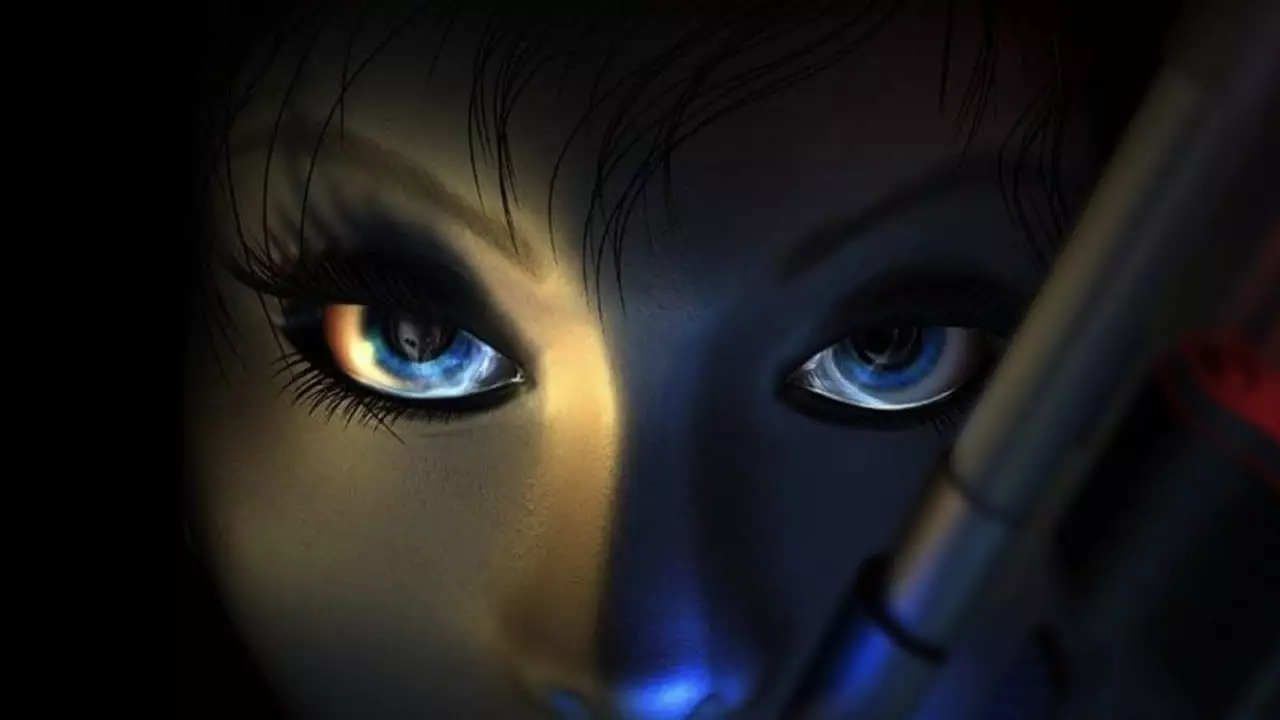This week, Nintendo caught many by surprise with an unexpected update for its Switch Online service, specifically targeting the N64 “mature” catalog. The inclusion of classic titles like *Shadow Man* and *Turok 2* has sparked excitement among fans of retro gaming. These additions not only broaden the availability of nostalgic games but also signal Nintendo’s ongoing commitment to leveraging its cavernous library of titles. However, as much as these new games are lauded, it’s critical to also examine how updates to existing titles improve or detract from player experiences.
One of the notable aspects of this update is the version improvement to *Perfect Dark*, specifically with the release of Version 1.2.0. The adjustments have tackled several pertinent issues that have plagued the game since its inception on Switch Online. Players have reported a significant reduction in the previously problematic blur effect, a distortion that some argued undermined the overall gameplay experience. This issue had not only affected aesthetics but, as noted by dataminer *OatmealDome*, it could lead to critical gameplay hindrances, such as the potential freezing of the screen.
While the improvements are a welcome change, they haven’t resolved every problem. Players have mentioned that the sound mastering remains somewhat subdued, which can affect immersion, especially for a game known for its atmospheric tension. Moreover, the input delay—while reportedly improved—still leaves room for further refinements. Such lingering issues point to a reality that even updates can only do so much.
Graphical problems persist, including persistent frame drops—particularly during intense moments like shooting sequences. The game’s optimization remains a pressing concern, indicating that while Nintendo is addressing some graphical glitches, it still has significant hurdles to overcome when it comes to performance. The issues with light flares rendering incorrectly, showing through weapons and even walls, illustrate the inconsistencies that gamers may encounter.
Despite these hurdles, it can be acknowledged that certain enhancements, like fixed X tracks and more appropriately rendered debris, offer some reprieve. However, the dim nature of explosions chosen by developers continues to be a matter for debate among the community. Balancing graphical quality with gameplay dynamics is undoubtedly a challenging task for developers, but it is one that must be prioritized.
Following this update, the N64 “mature” application now boasts a total of four titles, making it increasingly appealing to nostalgic gamers. The recent addition of *Banjo-Tooie* to the all-ages version of the N64 application indicates Nintendo’s strategy of continuing to diversify its offerings for different demographics. As gamers engage with both old and new titles, their feedback could guide future updates, emphasizing the importance of community engagement in shaping the gaming experience.
Nintendo’s recent updates exemplify a dual narrative of nostalgic celebration and technical frustration. By inching closer to enhancing classic gaming experiences while still presenting evident challenges, Nintendo continues to illustrate the complex relationship between heritage and modern gaming expectations. Gamers are left to ponder: will these incremental tweaks be sufficient to maintain interest, or will players eventually seek more robust solutions?


Leave a Reply